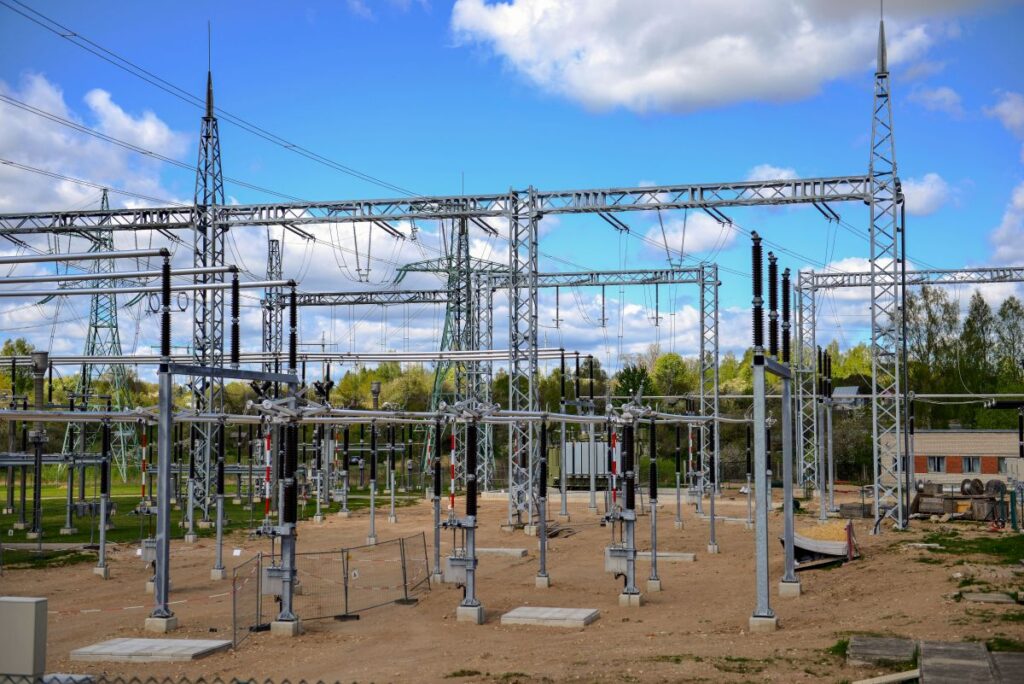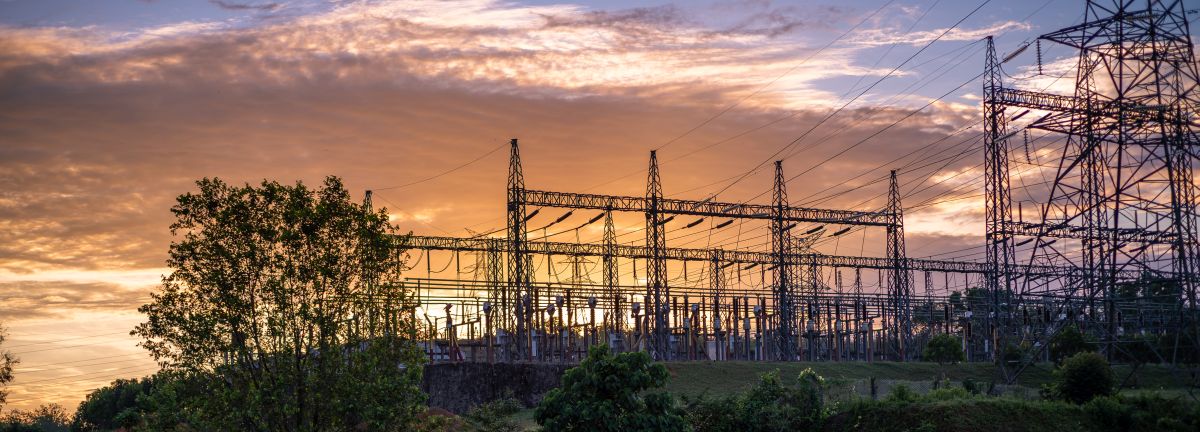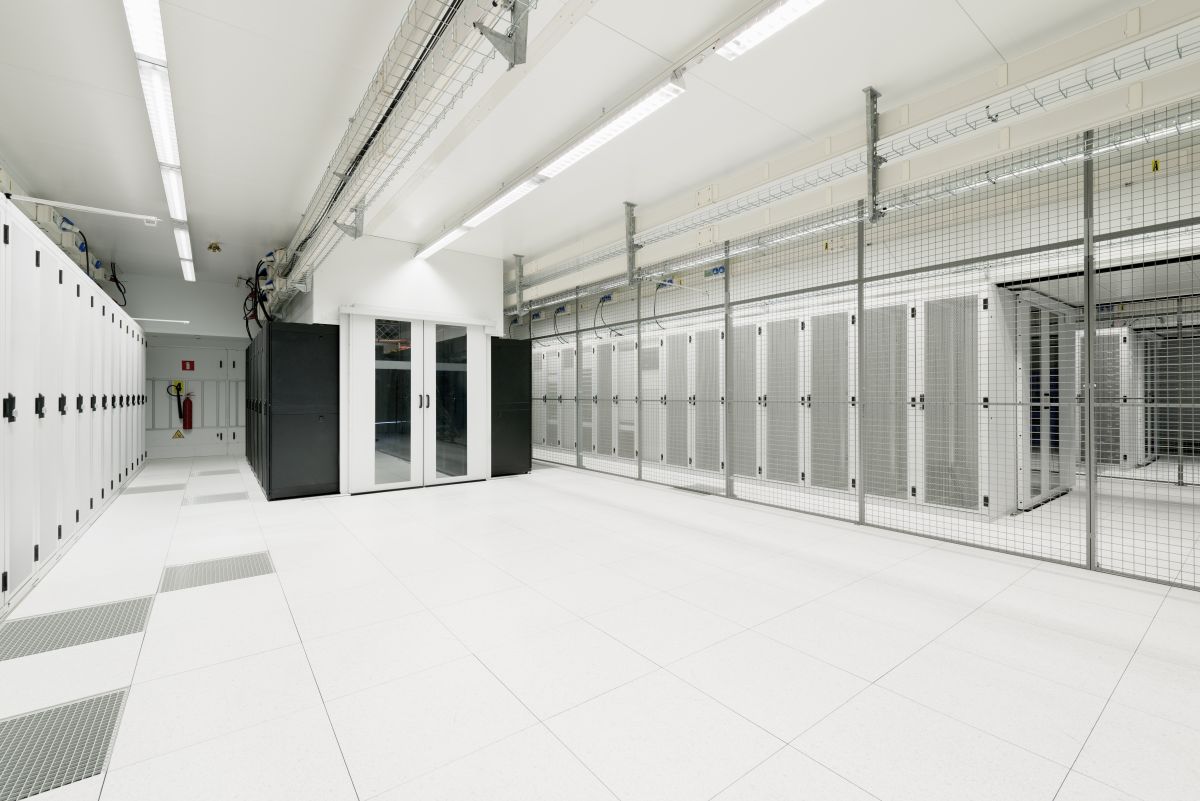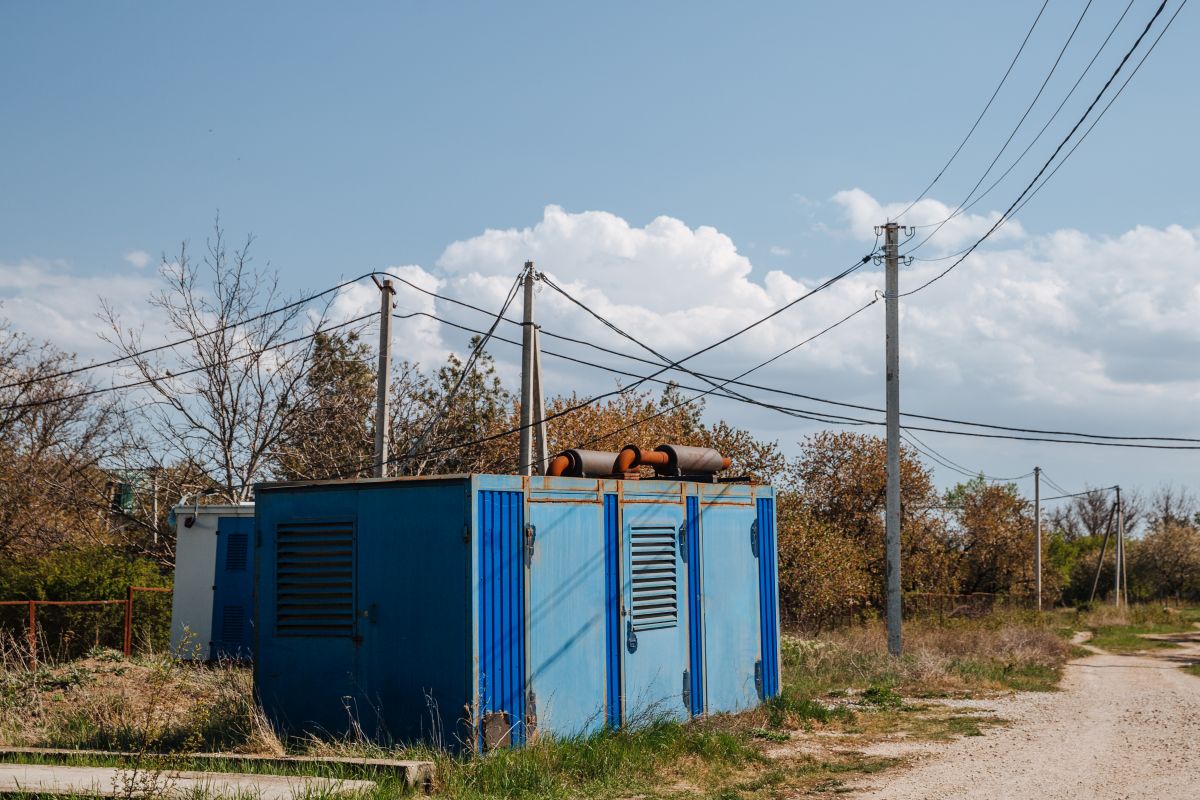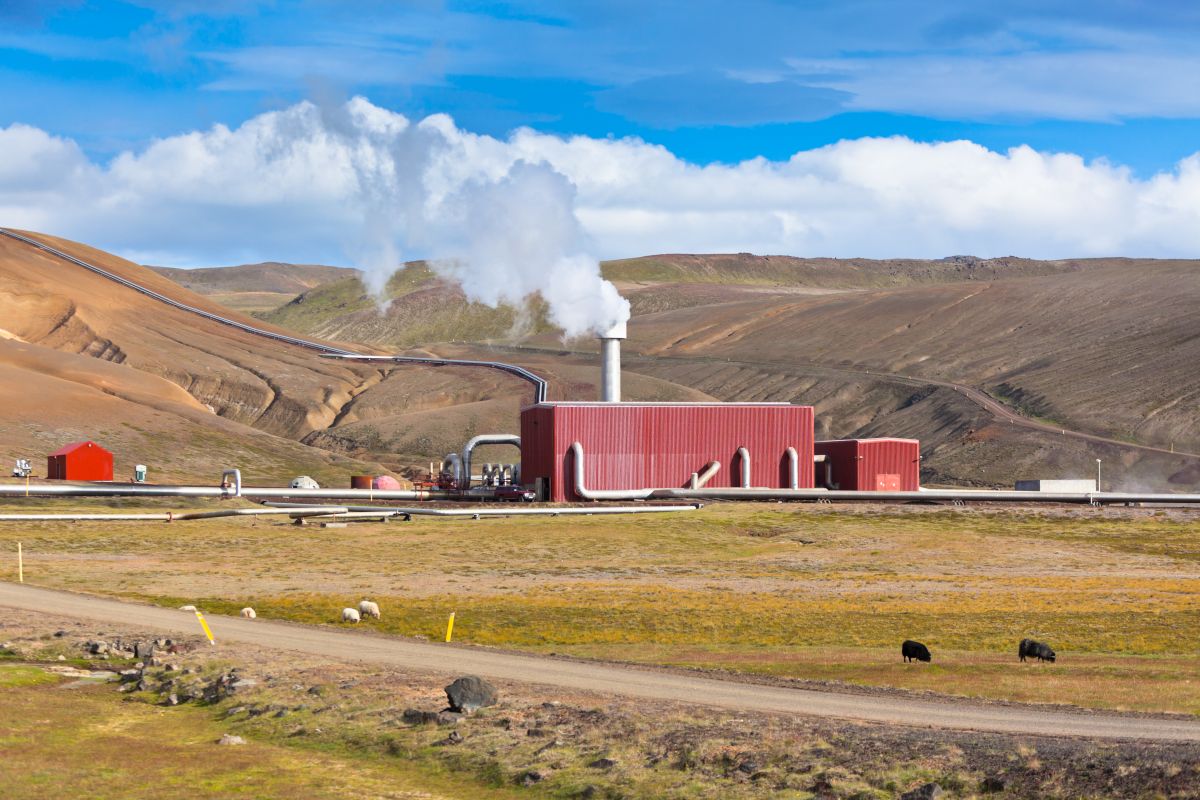WWW.RENEWABLEENERGYWORLD.COM
The intra-DFL rift between labor unions whose members build data centers and progressives skeptical of corporate giveaways was on full display at the Capitol last week as lawmakers considered extending generous tax breaks for data centers’ purchases of computers, software and energy equipment.
It was also evident in a May 28 energy webinar featuring top utility executives, state officials and representatives from regional labor, agriculture and environmental groups.
The conversation came as Minnesota utilities weigh proposals for thousands of megawatts of new data center capacity, representing new electric consumption equal to millions of homes. As other construction sectors falter amid high interest rates and sluggish demand, union laborers and tradespeople see an opportunity in building data centers and the power plants to run them.
“We need to be involved in the next iteration of energy development here in Minnesota,” said Joe Fowler, business manager for Laborers International Union of North America Local 563.
To labor, that means building not only the wind, solar and battery plants that will form the backbone of Minnesota’s future electric grid, but large industrial facilities to soak up the power they produce. Others in the left-of-center coalition say unfettered data center growth could jeopardize progress toward the state’s statutory target of 100% carbon-free electricity by 2040 while threatening grid reliability and raising costs for ordinary utility customers.
“We want to bring on large users like data centers, but not to the exclusion of others,” said Margaret Cherne-Hendrick, CEO of St. Paul-based Fresh Energy, a policy and communications shop focused on clean energy.
Though the data center boom was the elephant in the room, the conversation touched on some of the broader challenges issues facing Minnesota electric utilities, workers and customers as a dysfunctional state legislative session limps to a close and federal policymakers get closer to passing a budget bill that cuts taxes for the rich and Medicaid for the poor while, experts say, raising power prices for everyone.
How much data center demand is actually coming?
Developers have proposed nearly 9,000 megawatts of new data center capacity across Xcel Energy’s eight-state territory, CEO Bob Frenzel said in October, or almost 9 million homes’ worth of electricity consumption. Data centers alone account for about half of Xcel’s expected 5% annual sales growth through 2029.
Xcel expects Minnesota’s share of that growth to be about 1,300 megawatts over the next seven to eight years, said Ryan Long, Xcel’s president for Minnesota and the Dakotas. That’s up from 60 megawatts of total capacity as of early last year.
“The curve is up and to the right,” Long told Energy Futures Initiative Foundation CEO and former U.S. Energy Secretary Ernest Moniz on the webinar. “It’s shifted from us trying to attract (data center) companies to Minnesota to them knocking on our doors.”
Smaller utilities like Dakota Electric Association are also gearing up for massive amounts of data center development, CEO Ryan Hentges said later on the webinar. Projects proposed for Dakota Electric territory include a 12-building, 340-acre Farmington campus that residents are suing to stop.
But the demand won’t hit all at once, Hentges said.
“One gigawatt is not all going to happen next year,” he said. “It’s going to happen over time, and that gives us more time to plan.”
Can utilities serve new data centers while meeting Minnesota’s carbon-free power mandate?
The short answer is yes, according to Long. Even with the influx predicted over the next five years, Xcel is on track to shut down its three remaining Minnesota coal units by 2030 and meet the interim state goal of 80% clean power by 2030, he said.
“These are aging, somewhat inefficient plants and we are blessed to live in a region that has excellent renewable resources,” he said.
Xcel could partner on future “clean firm” power projects with big tech companies, which have their own sustainability goals, Long added. Google, utility NV Energy and power developer Fervo Energy recently announced a geothermal power partnership in Nevada, while Meta, Amazon and Microsoft have all inked splashy nuclear deals. Nuclear and geothermal both produce carbon-free power without relying on variable weather conditions.
Those partnerships could eventually help wean Minnesota off natural gas power despite uncertainty around federal support for cleaner technologies, said Sydnie Lieb, assistant commissioner with the Minnesota Department of Commerce.
“In the absence of the federal government continuing to push development of clean firm resources, we are thinking about what the state can do,” she said.
Big data centers could also cover at least some of the cost of new transmission infrastructure needed to serve them, easing the burden on existing ratepayers, Hentges added.
But the state needs to ensure Minnesota data centers fully decarbonize their operations over time, including onsite backup generators that today generally run on natural gas or diesel, Cherne-Hendrick said. It also needs to push data centers to pay into state-administered equity programs facing sharp federal funding cuts, like the Low-Income Home Energy Assistance Program, she said.
Is Minnesota really facing a ‘power emergency’?
Also no, Long said, despite the Trump administration’s claims to the contrary.
Last month, Trump invoked an obscure law to order a Michigan coal plant to operate past its planned May 31 retirement date. Moniz, the former U.S. Energy Secretary, asked whether he could do the same in another Midwestern state committed to transitioning off coal.
Xcel is “obviously paying a lot of attention” to the issue but isn’t changing its coal retirement plans, which have been in the works for years and won’t affect system reliability, Long said.
He allowed that Minnesota would need gas power plants for many years, though they’ll increasingly serve as backup for renewables, nuclear and long-duration batteries. Xcel plans to build a new “hydrogen-capable” gas plant in southwestern Minnesota that will likely operate past 2040.
Will the transition to carbon-free power kill jobs?
Building new wind, solar and battery plants has been cheaper than running existing coal plants for years, in part because renewable power requires far less labor to operate and maintain.
Fowler said that’s a challenge for unions like LIUNA, whose work in the power sector increasingly focuses on facilities that more or less run themselves. And LIUNA members are uneasy about the future.
“Our job is to work ourselves out of a job – we build something and then move onto the next project,” he said.
A February settlement between Xcel and Minnesota’s utility regulator pushes the utility to expand training opportunities for underrepresented populations and work with labor on workforce transitions at retiring power plants. The training partnership has already produced around 100 graduates who can now work on new power plant or data center construction projects, Fowler said.
“There are real benefits the state will see from … having citizens who feel like their job is waiting out there,” he said.
Is rural Minnesota being asked to do too much to support the green transition?
Wind and solar development are a double-edged sword for rural communities, where income-earning opportunities for landowner’s clash with concerns about removing prime farmland from production, said Anne Schwagerl, vice president with Minnesota Farmers Union.
To demystify the issue and strengthen members’ negotiating position with power developers, Minnesota Farmers Union plans to update its five-year-old “farmers’ guide” to renewable energy. But the best way to ensure durable rural support for clean energy is to give farm communities more skin in the game, Schwagerl said.
Right now, for example, conglomerates barge most of the fertilizer used on Minnesota farms up the Mississippi River from massive factories on the Gulf Coast. Minnesota Farmers Union wants to see more local production, ideally led by rural cooperatives using excess wind power with support from federal and state green fertilizer grants, Schwagerl said.
“Our thinking is that the green transition is happening,” she said. “We’re seeing it in agriculture as in energy, and it would be a big bummer to us if it ended up being owned by the same multinational megacorporations.”


